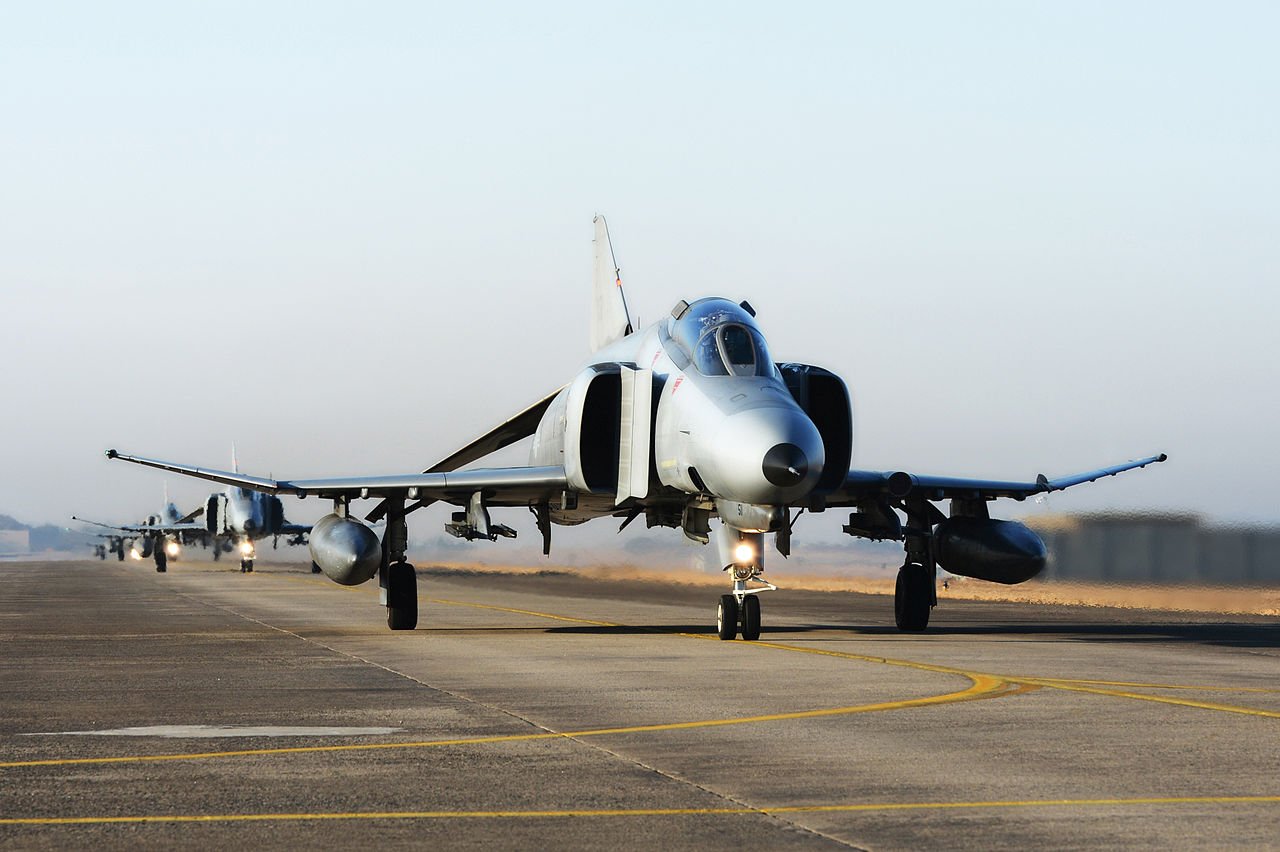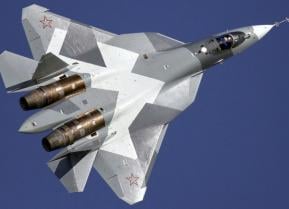F-4 Phantom: This Fighter Jet Was a Game Changer for a Reason
The F-4 should be saluted and prized for its longevity and versatility in all aspects of warfare – from dogfighting to bombing – it just won’t go away.
Talk to pilots who flew during the Vietnam War, and they will tell you that the war effort would have been an even tougher slog without the F-4 Phantom.
The workhorse fighter is still in service today in several air forces around the world. The airplane won’t win any beauty contests, but it has been in service for 60 years thanks to a slew of different upgrades.
It was a record-setting fighter, even though it was manually controlled without the automation that 4th and 5th generation warplanes have.
F-4 Phantom: It Seemed Like Everyone Wanted to Fly It
The F-4 Phantom started out as a naval interceptor, but early performance convinced the Department of Defense to slide it over to the Air Force and Marine Corps too. Air forces in Iran, Greece, South Korea, and Turkey still fly it. Over 5,000 were built.
The Engines Are Robust
The propulsion on the F-4 was top-notch, even from the beginning of its lifespan in 1961. High-thrusting J79 twin engines power the fighter. Nicknamed the “Flying Brick” for its less than endearing appearance, the F-4 has almost 18,000 pounds of thrust, which enabled some units to fly at MACH 2.2, a record at the time that stayed in effect until the advent of the F-15.
The speed record was just one of many that were set. It also holds the mark for flying at 98,556 feet.
Need Weapons? No Problem
With nine external hardpoints, the F-4 can carry up to 19,000 pounds of weapons including air-to-air, air-to-ground missiles, and bombs. An M61 Vulcan rotary cannon was added later.
The Vulcan cannon was introduced during the Vietnam War for better protection because the fighters were being intercepted by enemy warplanes after the Phantoms ran out of missiles.
The Basic Platform Was Easily Made Better
The F-4 evolved over the years with several variants that improved the airplane. New radar, better landing gear, and a stronger airframe for advanced maneuverability were all upgrades.

The last Phantom was retired by the Air Force in 2004. We will probably never have such a long-serving fighter plane again. Today’s technology keeps evolving so quickly that the various air forces are constantly working on next-generation airplanes with better stealth materials.
The F-4 should be saluted and prized for its longevity and versatility in all aspects of warfare – from dogfighting to bombing – it just won’t go away.
Brent M. Eastwood, PhD, is the author of Humans, Machines, and Data: Future Trends in Warfare. He is an Emerging Threats expert and former U.S. Army Infantry officer.
All images are Creative Commons.


